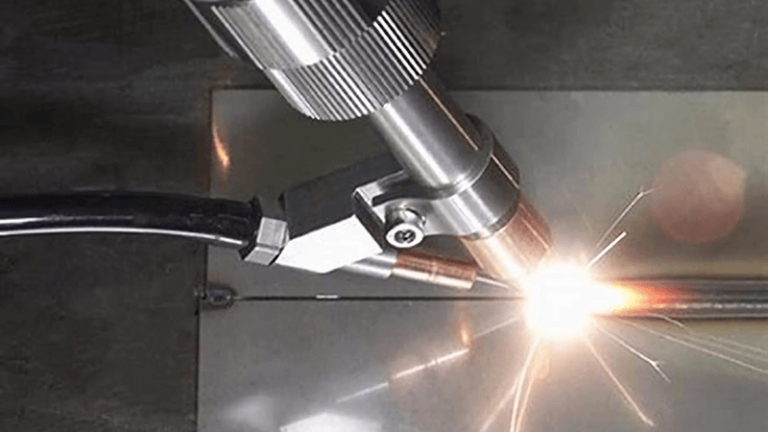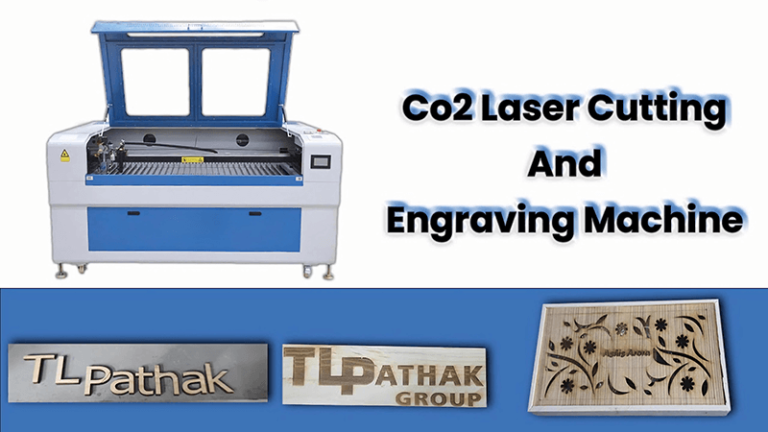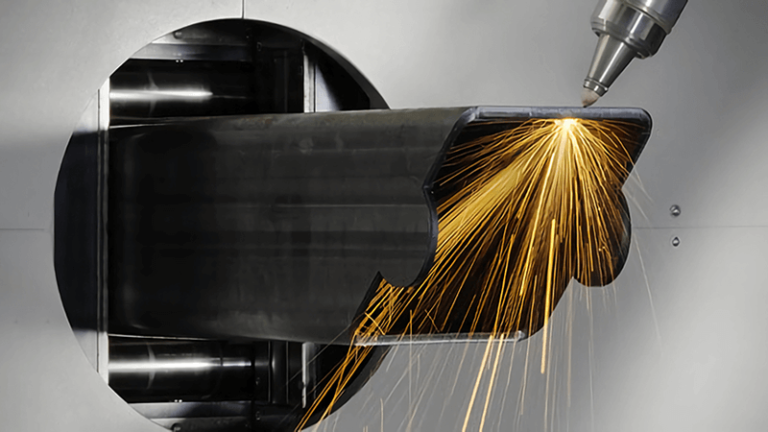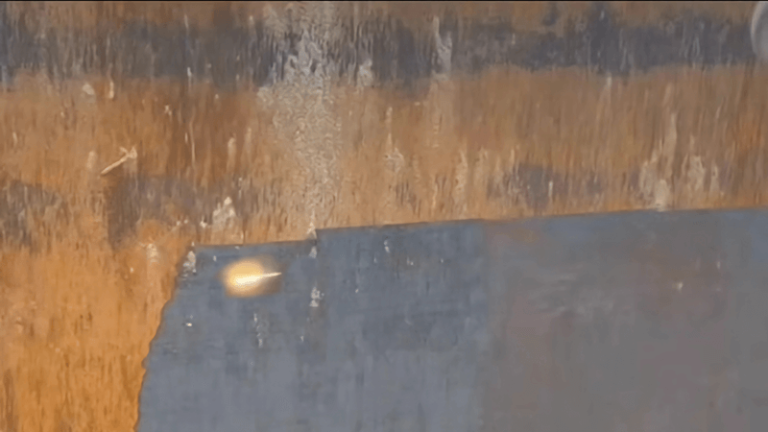If your factory still struggles with faded labels or temporary codes, it’s time to rethink your traceability game. A laser marking machine could be your missing link to permanent, clean, and reliable part identification.
A laser marking machine uses a focused beam of light to create permanent marks on the surface of a material—no ink, no contact, and no consumables.
When I first started helping clients at Kirin Laser, one recurring frustration came up—faded serial numbers. One automotive client said their codes rubbed off during shipping, even before reaching their customer. We helped them switch to a fiber laser marking machine. Instantly, they were getting sharp, high-contrast codes on rough metal surfaces—no rubbing off, no complaints. That’s when they called it a “game-changer.” And for us, that’s what precision is all about.
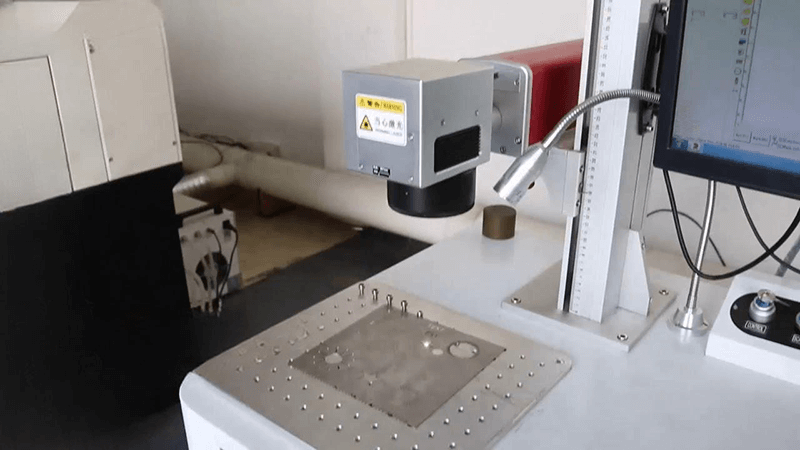
What does a laser marking machine do?
Even if your production line is fast, it doesn’t mean your marking process should fall behind. If you're using stickers or inkjet, you’re likely wasting time, money—and risking durability.
A laser marking machine creates clear, permanent marks such as text, logos, serial numbers, or barcodes directly on a material’s surface using a high-intensity laser beam.
Why laser marking matters
Laser marking machines perform more than just printing codes. Here's what they deliver:
✅ Permanent results
Laser marks1 don’t fade over time or wear off during shipping and handling.
✅ Zero consumables
Unlike inkjets, there's no need for ink, ribbons, or other disposables.
✅ High speed, low maintenance
Especially with fiber lasers2, the marking process is fast and fits seamlessly into automated lines.
✅ Precise, high-resolution marking
Even on small or curved parts, the beam stays focused for clean, readable marks.
| Machine Type | Marking Speed | Lifespan (Hours) | Maintenance | Consumables |
|---|---|---|---|---|
| Fiber Laser | ★★★★★ | 100,000+ | Low | None |
| CO₂ Laser | ★★★★ | 20,000–30,000 | Moderate | None |
| Inkjet Printer | ★★★ | N/A | High | Ink |
At Kirin Laser3, most of our clients use fiber-based machines for metal and hard plastics. It’s now the go-to solution across automotive, medical devices, and electronics because of how clean and permanent the output is.
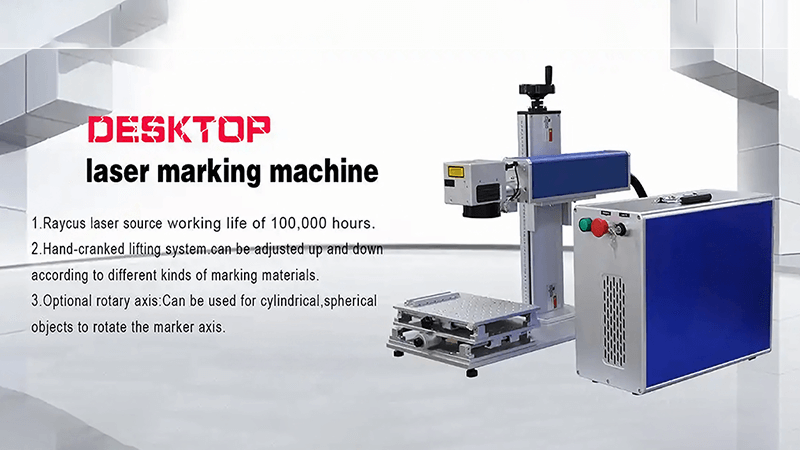
What is the difference between laser marking and engraving?
These two terms often get used interchangeably—but they’re not the same. It’s like comparing a pencil sketch to a carving knife. Both create an image, but the process and result are different.
Laser marking changes the material surface without cutting into it. Laser engraving removes layers of material to create deeper, more tactile marks.
Breaking it down
Let’s compare the two side by side:
| Feature | Laser Marking4 | Laser Engraving5 |
|---|---|---|
| Depth | Microns | Up to 0.5mm+ |
| Material removal | No | Yes |
| Speed | Faster | Slower |
| Surface impact | Minimal | Noticeable |
| Typical use | Traceability codes, logos | Serial plates, trophies, deeper IDs |
Why it matters to you
If your main need is product traceability—like serial numbers on an engine block or barcodes on a medical tool—laser marking is your best bet. It’s quick, clean, and perfect for high-volume lines.
Engraving, on the other hand, works better when you want tactile depth, like on data plates or where the mark must withstand surface grinding.
In our case, we help clients choose based on three key factors: material type, durability need, and production volume. That’s how we tailor solutions—not just sell machines.
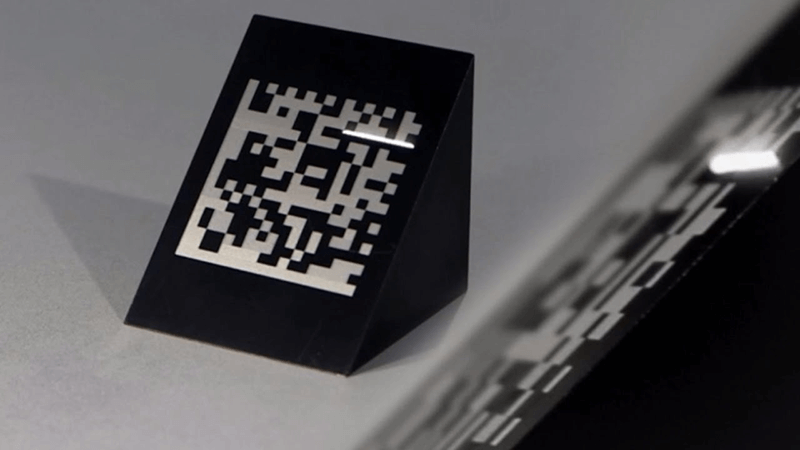
What materials are used for laser marking?
Some clients think laser marking is just for metals. But that’s not true. From aluminum to ABS, and even leather or wood—laser marking covers more than you expect.
Laser marking can be used on a wide range of materials including metals, plastics, ceramics, and even organic materials, depending on the laser type.
Matching the laser to the material
We typically classify materials into a few categories and recommend the right laser accordingly:
1. Metals (stainless steel, aluminum, brass)
- Best with: Fiber lasers6
- Use case: Automotive parts, tools, industrial components
- Notes: Delivers deep contrast and permanence
2. Plastics (ABS, polycarbonate, acrylic)
- Best with: UV lasers or MOPA fiber lasers
- Use case: Consumer electronics, medical devices
- Notes: UV lasers avoid melting or discoloration
3. Organic materials (wood, leather, paper)
- Best with: CO₂ lasers7
- Use case: Packaging, gift items, leather goods
- Notes: Produces a brown or black char mark
| Material | Fiber Laser | CO₂ Laser | UV Laser |
|---|---|---|---|
| Stainless Steel | ✅ | ❌ | ✅ |
| ABS Plastic | ✅ (MOPA) | ❌ | ✅ |
| Leather | ❌ | ✅ | ❌ |
| Glass | ❌ | ✅ | ✅ |
Clients often come to us unsure which laser type to choose. One packaging company wanted to mark codes on both plastic bottles and cardboard cartons. We helped them design a dual-system setup using fiber and CO₂ lasers to mark both materials in a single production flow.
That’s the kind of flexibility we build into every Kirin Laser machine.
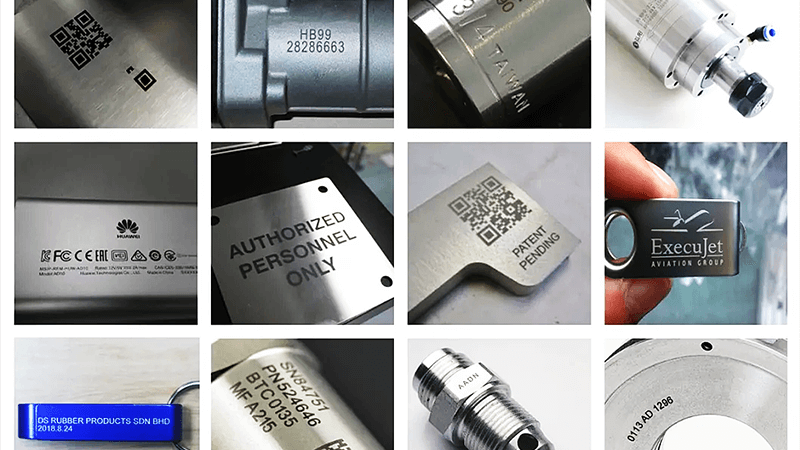
How to choose a laser marking machine?
With so many options, choosing the right machine can feel overwhelming. But once you break it down to a few basics—material, application, and speed—it becomes easy.
To choose a laser marking machine, you should evaluate your material type, marking content, required speed, and budget. Then match it with the right laser source and configuration.
Step-by-step decision guide
Step 1: Identify your material
What are you marking—metal, plastic, or something else?
Step 2: Define your marking content
Logos? Serial numbers? QR codes? The complexity affects the software and lens choice.
Step 3: Decide on production speed
High-speed production lines need fast galvo heads8 and fiber sources9 with high repetition rates.
Step 4: Choose between desktop vs inline
Do you need a standalone workstation or integration with your existing conveyor?
Step 5: Budget and ROI
Factor in not just the machine price, but also energy use, maintenance, and uptime.
| Factor | Your Choice | Our Suggestion |
|---|---|---|
| Material | Aluminum & ABS | Fiber + UV Hybrid System |
| Production Speed | 60 parts/min | Galvo Scanner System |
| Depth of Mark | Minimal, surface only | Laser Marking, not engraving |
| Space | Tabletop only | Desktop Enclosure Model |
| After-sales Needs | Full support | KirinCare+ Remote Assistance Plan |
From my experience, clients who take the time to get this right end up with a machine that lasts for years—and pays for itself in months. And if they’re not sure, we always walk them through a live demo. That’s part of our promise: Precision in Every Beam.
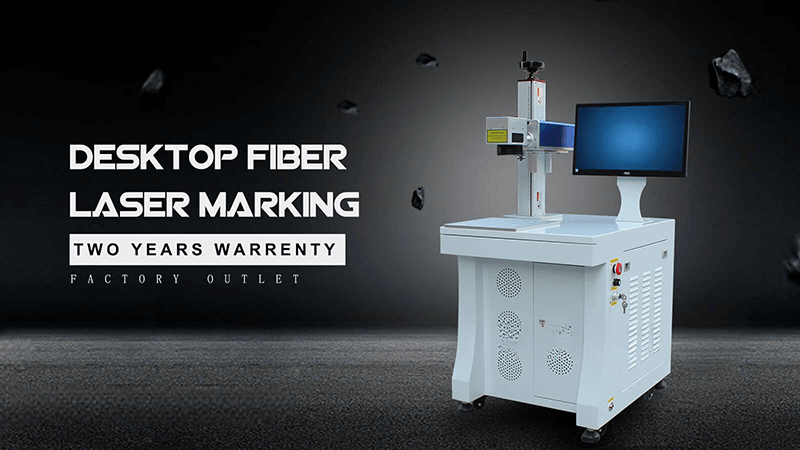
Conclusion
Laser marking machines10 aren’t just a tech upgrade—they’re a quality control tool, a branding weapon, and a cost-saver rolled into one. Whether you're working with metal parts, plastic housings, or packaging labels, there's a laser solution that fits your exact need. At Kirin Laser, we’re not just selling hardware—we’re helping manufacturers transform their workflow with permanent, precise, and fast marking solutions. The next step? Let’s figure out what works best for you.
-
Discover how laser marks enhance product durability and traceability, crucial for industries like automotive and electronics. ↩
-
Discover why fiber lasers are preferred for their speed, precision, and durability in industrial marking applications. ↩
-
Discover why Kirin Laser is a preferred choice for industries needing reliable and permanent laser marking solutions. ↩
-
Explore this link to understand how Laser Marking enhances product traceability, ensuring quick and clean identification. ↩
-
Discover how Laser Engraving offers superior durability for data plates, making it ideal for long-lasting identification. ↩
-
Explore this link to understand how Fiber lasers enhance precision and efficiency in metal engraving, making them ideal for various applications. ↩
-
Discover the unique benefits of CO₂ lasers for engraving organic materials, ensuring quality results in packaging and gift items. ↩
-
Discover how fast galvo heads enhance production speed, ensuring efficient and precise laser marking for high-speed manufacturing lines. ↩
-
Discover how fiber sources enhance laser marking efficiency, offering high repetition rates crucial for fast production lines. ↩
-
Find the best laser marking machines and laser marking solution from Kirin Laser, clicking this link to get all your need. ↩


